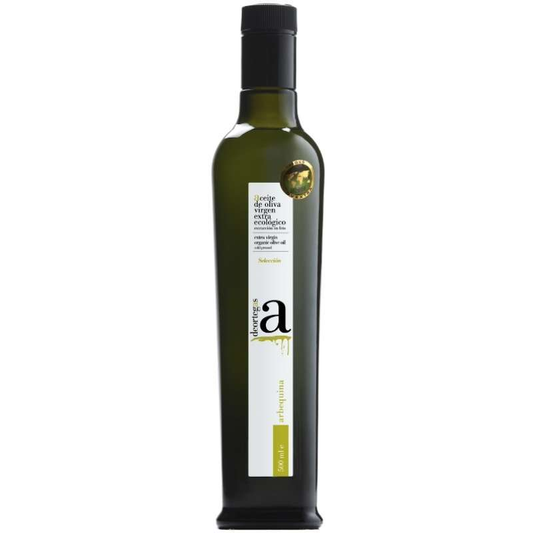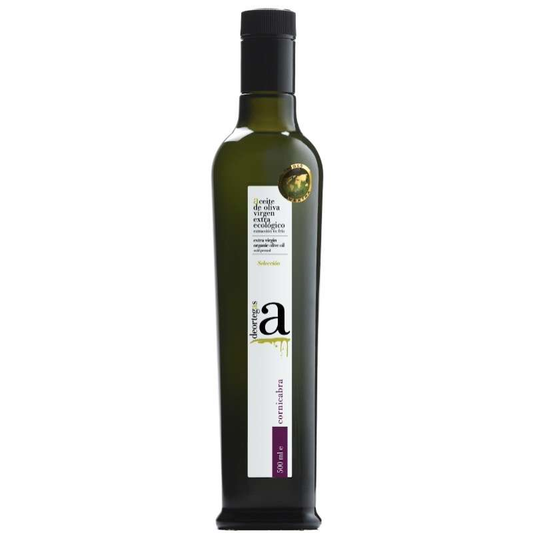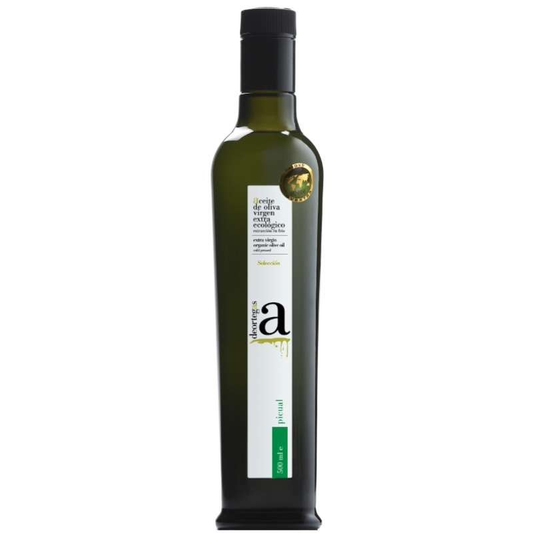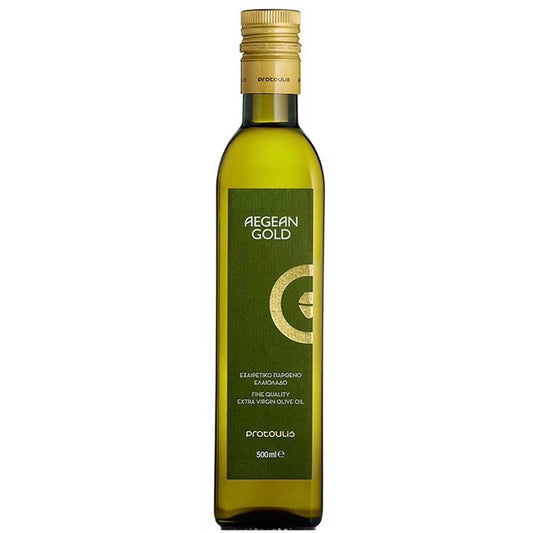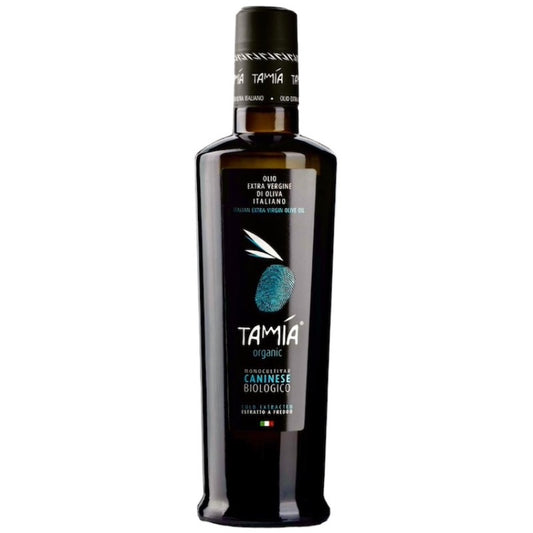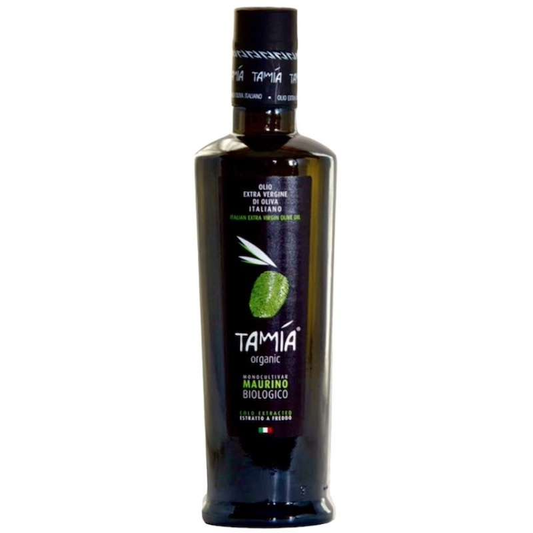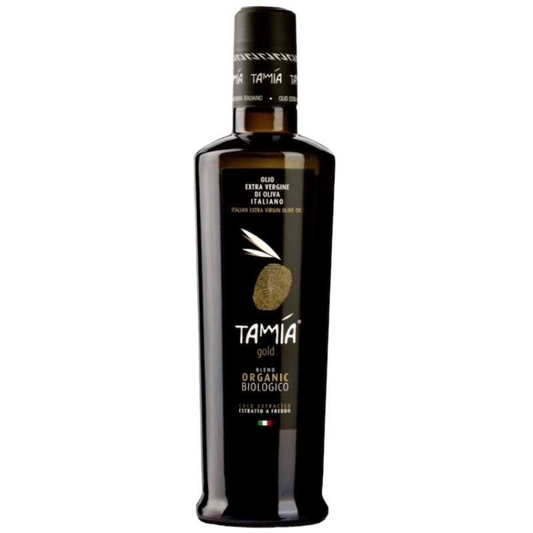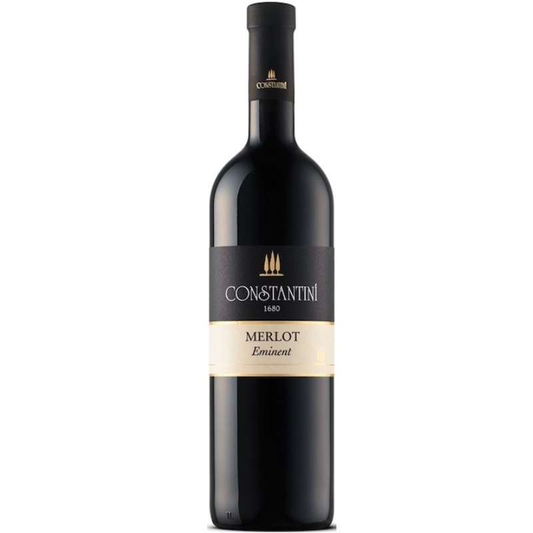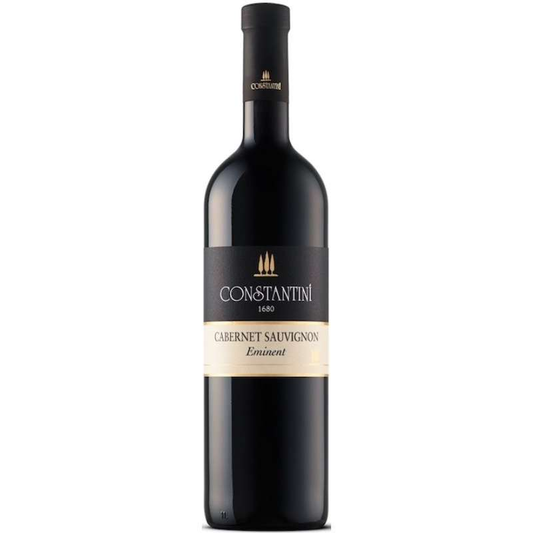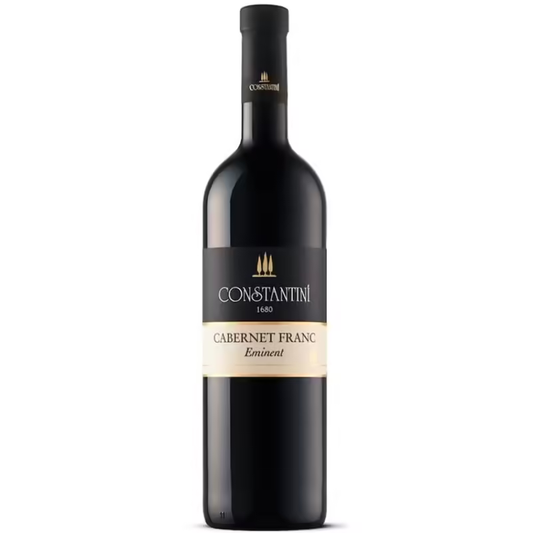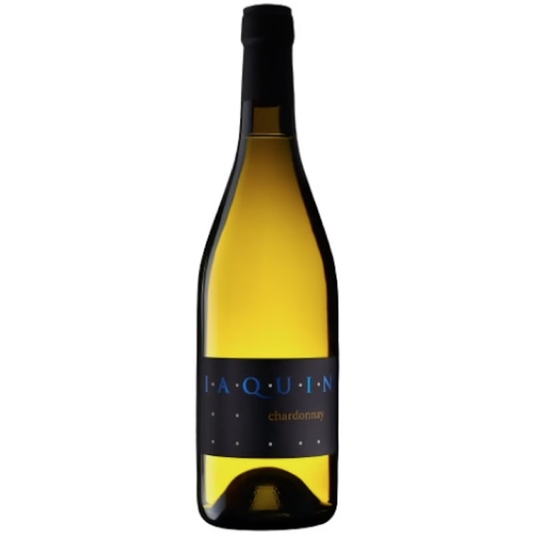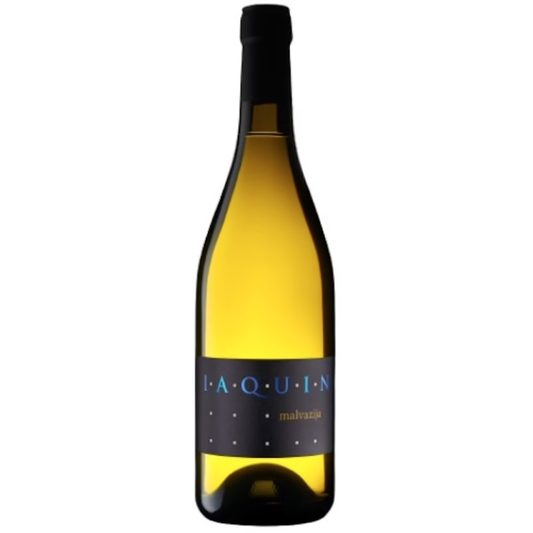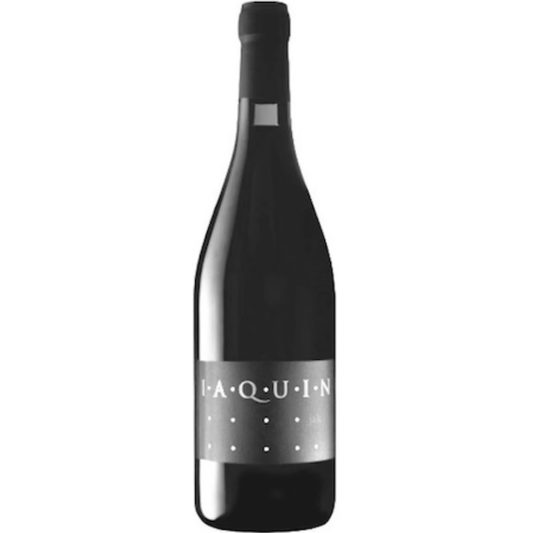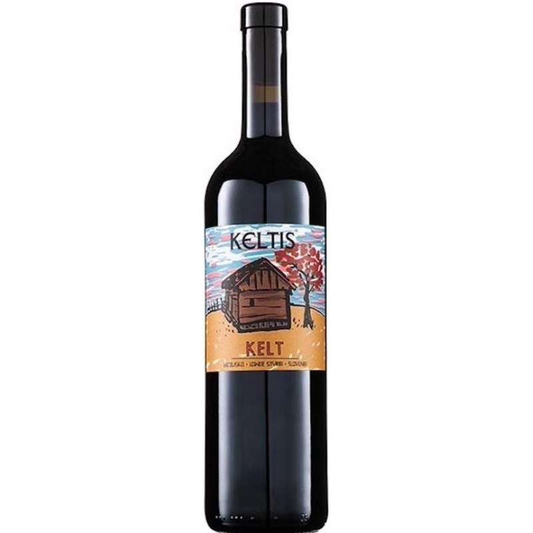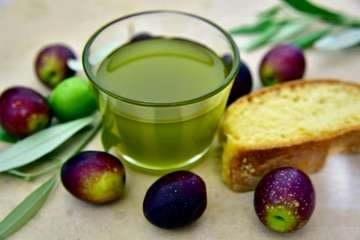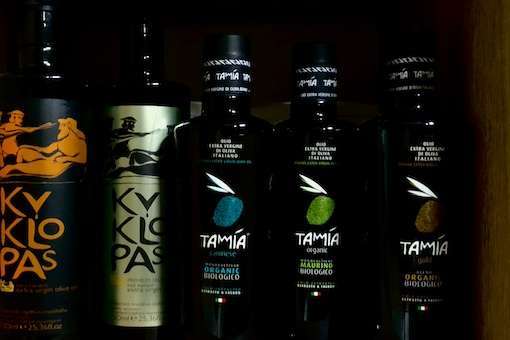We live in a world of illusions, delusions and fantasies. Sometimes it’s too hard not to lose the boundaries of common sense. In a culture that confuses appearance with essence, our appetites are easily seduced by haze — the unclarified cider, the wild sourdough, the “raw” milk — as though purity were proven by the absence of polish.
In recent years, it has become fashionable to consume unfiltered olive oil, that green-gold elixir often sold as the most “authentic” expression of the Mediterranean grove. The unfiltered olive oil trend springs from this same yearning: for something less industrial, more rooted, somehow closer to the tree.
Unfiltered olive oil is cloudy, earthy, unrefined — and in an age hungry for the “natural,” its turbidity has come to stand for truth. People dress their salads, fry in this oil, add it to fish and cheese dishes, or simply drink it in the morning on an empty stomach.
But as with so many of our food fetishes, the cloudiness is mostly a mirage. This popularity is based on the fantasy that unfiltered olive oil is more natural, authentic, fresher and healthier than filtered olive oil. Distinguished by its turbidity and dense consistency, it is considered the best gourmet olive oil and the gastronomic pinnacle of Mediterranean cuisine.
Actually it’s not. This turbidity has nothing to do with the naturalness or quality of the olive oil, but is only caused by residues of small particles of fruit pulp and some residual moisture.
In this article, we will talk about what unfiltered olive oil is and try to answer the question of how it is better (or worse) than filtered olive oil.
To begin with, it should be noted that filtered and unfiltered olive oils are both natural olive oils obtained by the first cold pressing. Unfiltered oil is produced in the same way as filtered oil, with one difference: there is no filtration during the production of unfiltered oil.
Filtration is the process of passing a liquid through a filter, which must be made of a porous material that allows this liquid to be cleaned of the materials it contains in suspension. This is what we do, for example, when making broth to remove solid ingredients, or when making coffee in a coffee machine.
So if you ask any olive oil maker what’s really inside that cloudy bottle, they’ll tell you the truth without romance. The turbidity doesn’t come from some primal life force still swirling in the oil; it’s the simple residue of olive pulp and microscopic droplets of water left behind when the oil isn’t filtered. Looks beautiful? Maybe. But stable? Not for long.
How Is Olive Oil Filtered?
Filtered and unfiltered olive oils begin life the same way. Freshly harvested olives are processed in the olive mill. They are washed, separated from the branches and leaves, and then ground to a paste. Further, with the help of a centrifuge, olive oil is obtained from this paste, which is passed through special filters that absorb all moisture residues and the smallest particles of olive paste.
Olive oils pass through a filter — sometimes as humble as cotton, sometimes stainless steel — that removes water and fine fruit solids. This procedure is carried out immediately after pressing the olive oil and before bottling. The result is a clear, bright, golden-green olive oil.
Skip that step, and you have unfiltered olive oil: olive juice still mingled with minute fragments of peel, pit, pulp, and a small amount of water.
This is not dirt or harmful impurities, these are tiny remains of the olive paste from which the oil is obtained. You can filter your unfiltered oil yourself with an ordinary coffee filter. You will be able to try the taste and aroma of filtered oil and compare it to unfiltered. You’ll see that by changing the appearance, it does not lose its flavour. Over time, gravity wins. The solids sink, the water oxidizes, and the oil loses the very brightness that once defined it.
Why is filtering necessary? Filtration of olive oil aims to remove any impurities and moisture. This allows you to keep extra virgin olive oil in good condition for a long time, saving all its organoleptic qualities. So, filtering, in contrast, isn’t an act of adulteration. It’s housekeeping. It removes what time would spoil.
Taste: Where Truth Still Lingers
If unfiltered olive oil has a claim to distinction, it lies in the mouth. Those remaining bits of olive matter add a fleeting, almost electric freshness — bitterness sharp as new grass, a peppery tickle that stings the throat, aromas of fruit just crushed under stone, and a powerful and fresh aftertaste.
Another feature of the unfiltered product is its thickness, which gives the taste of a very rich and full-bodied olive oil in the mouth. This thick consistency also influences the taste of the dish, revealing new and unusual nuances in it. However, let’s admit, most of us just don’t have such subtle gourmet tasting skills to feel all these shades.
The aroma of unfiltered oil is also distinguished by the richness of shades and various fruity nuances. It is the flavor of immediacy, of the mill at harvest.
But unfortunatelly, it fades quickly. Within months, those volatile notes flatten, overtaken by fermentation and oxidation. Unfiltered olive oil contains residual water from the olive fruit, which causes it to oxidise more quickly. Solid compounds settling to the bottom accelerate oxidation and decomposition. The interaction of residual moisture with particles of olive paste leads to the fact that the olive oil begins to ferment. So, the same matter that lends the oil vibrancy soon becomes its undoing.
You can slow down this process if you store unfiltered oil in a place protected from light, heat, moisture and extreme temperature changes. However, in any case, this oil has a much shorter shelf life, averaging about six months before it starts to lose its properties. You can use it after this period, but most of its flavour characteristics (what you bought this olive oil for) will have already been lost by this time. Although… There are people who consider these changes in the taste of fermented olive oil to be its additional benefits. You know, gourmets – they are not quite ordinary people.
Filtered oil, by contrast, is less impulsive — more durable, more patient in the pantry. Its taste is steadier, its temperament calmer. For cooking, its stability at high heat makes it a better companion.
Filtered olive oil differs in smell and mouthfeel due to the removal of certain components. It cannot be said that the taste of such oil becomes poorer or more ascetic. Yes, after de-pulping, olive oil loses some piquancy and viscosity, but at the same time, its olive taste becomes more pronounced. As for the burning sensation in the throat, it’s hard to say that it is stronger than when swallowing filtered oil. This depends more on the olive ripeness than filtration.
So unfiltered olive oil is no better than its filtered equivalent, but it has a slightly different taste, aroma, and texture that is really worth trying.
A Question of Time and Place
Unfiltered olive oil can be consumed in the daily diet as an addition to any meal. Its intense and fresh olive taste will give your dishes new flavours and you will be able to fully enjoy the whole palette of its flavours. This oil is ideal for salad dressings, cream soups, hummus and more. Also, its combination with dark chocolate and avocado will give gourmets an incredible pleasure.
However, the story of olive oil, like any ingredient, depends on its context. Unfiltered oil belongs to a specific moment — the weeks just after the harvest, when olives are pressed and celebration fills the air. In that moment, the cloudiness is not a defect but a snapshot: the grove captured in suspension.
In a Mediterranean village, people might pour it generously over bread, beans, or fish, finishing the bottle before its vibrancy wanes. But ship that same bottle across oceans, let it sit in fluorescent supermarket light, and the romance curdles. What was once alive becomes a tired echo of its former self.
This is not a story about good versus bad oil. It’s a story about distance — between farmer and eater, season and shelf.
How to Buy and Store Unfiltered Olive Oil?
The best time to consume unfiltered olive oil is when it has just been produced and bottled, i.e. in November or December.
The best place to buy it is directly from the olive farm if you have such an opportunity. Also, you can buy unfiltered olive oil in specialised gourmet stores or farm stores and markets.
You need to think twice before buying unfiltered olive oil in the supermarket. Olive oil comes to the supermarket not from an olive farm, but from large olive oil factories.
This is not good. And it’s not just because the quality of their products always leaves much to be desired. The supply of goods to supermarkets is carried out through a complex logistics chain, and at each stage, olive oil is at risk of deterioration as a result of violation of the rules of storage and transportation. For filtered olive oil, breaking these rules is very bad. For unfiltered olive oil, it’s simply deadly.
Unfiltered oil requires special care as it is more sensitive to high temperatures and temperature fluctuations than filtered olive oil. It can lose all of its features if too much time has passed between purchase and consumption and if it has not been stored properly. Treat it as a living food. Protect it from light and heat. Use it quickly — within a week or two of opening. Don’t hoard it for a “special occasion.” That occasion was the harvest.
Unfiltered olive oil is recommended to be consumed quickly. Therefore, 3L or 5L cans of unfiltered olive oil should cause you a shock, slowly turning into quiet horror. Although of course, for a Mediterranean restaurant or a family of 10 it is an absolutely normal size.
And please, do not fry in it. Its low oxidation point means the virtues you paid for will burn away in seconds.
Summary: The Sediment of Meaning
Let’s resume: No credible evidence supports the idea that unfiltered olive oil contains more antioxidants, polyphenols, or vitamins than its filtered sibling. The same trees, the same fruit, the same pressing yield both. Filtering changes only texture and shelf life, not chemistry or nutrition.
So you definitely shouldn’t go crazy for unfiltered olive oil, but if you’ve never tried it, be sure to do it. It is really beautiful, especially immediately after pressing, and if the high requirements for its storage have been met.
Perhaps the deeper lesson is not about filtration at all, but about perception. We are drawn to the cloudy, the raw, the unfiltered — not just in oil, but in life — because we sense something more “real” there. But realness isn’t a matter of murkiness. It’s a matter of relationship: knowing who grew the olives, when they were pressed, and how their oil traveled to your table.
The choice between filtered and unfiltered olive oil isn’t moral or mystical. It’s agricultural. It’s temporal. It’s ecological.
The unfiltered oil whispers of immediacy — the fruit still half alive in the bottle. The filtered oil speaks of longevity — the craft of preservation.
Both have their place. What matters is that we learn to see past the haze — to recognize, in every golden drop, not illusion, but the labor of sun, soil, and human hands.

